passive house | superior comfort | minimal energy use

custom designed for maximum comfort with minimal energy use
a house that is healthier to live in
custom designed & energy efficient
Passive House is a flexible performance standard and not a specific building type, like other eco homes or green homes. This means that your home can be designed to suit your tastes, lifestyle and site – just so long as it delivers maximum comfort with minimal energy.
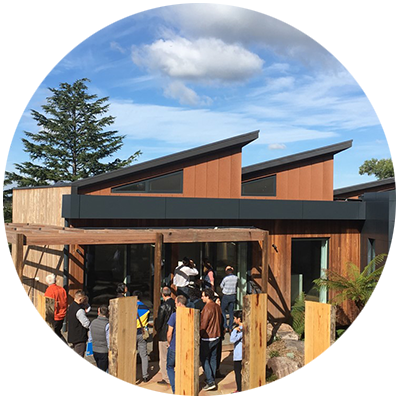
of Maxa Design.
Image © Andy Marlow of Evirotecture.com.au Reproduced with permission.
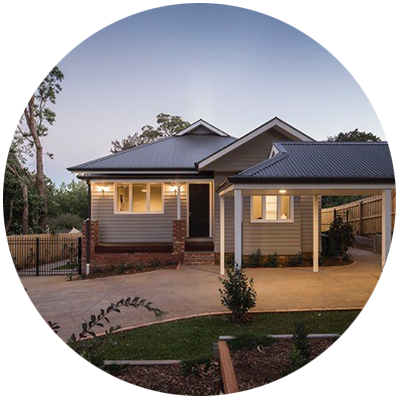
Granted Construction.
© Devin Grant. Reproduced with permission.
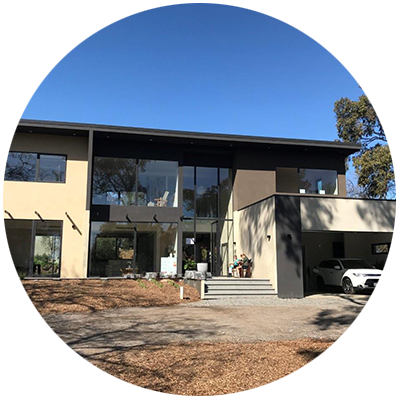
© Paul Wilson. Reproduced with permission.
Originating in Germany, there are now 60,000 Passive Houses worldwide, including Australia.
passive house down under
- 64 percent energy savings compared with the average Canberra 4 occupant home
- Internal temperatures between 20°C and 25°C without heating and cooling for 96.1 percent of the time (external temperatures were -2°C to 37.3°C during the year)
- 2°C room to room temperature difference when outdoor temperatures fluctuated by approximately 16°C (8° to 24°)
- 150 times more air tightness than new Australian houses (air leaks are responsible for 15 to 25 percent of winter heating loss [ii] in standard houses)
This Passive House incorporated some passive solar principles such as orientation and thermal mass.
The beauty of Passive House is that it can deliver energy-efficiency and comfort without passive solar features, making it perfect for tricky sites like an inner city or beachside knock-down rebuild.

Image © Harley Truong of h3space.com.au.

Image © Harley Truong of h3space.com.au.
[i] Truong, H. &. (2017). Chifley Passive House. A case study in comfort and energy efficiency. International Conference on Improving Residential Energy Efficiency, IREE 2017. (pp. 214-221). Wollongong: Elsevier. Retrieved from: http://apo.org.au/system/files/126691/apo-nid126691-549001.pdf
[ii] http://www.yourhome.gov.au/sites/prod.yourhome.gov.au/files/pdf/YOURHOME-PassiveDesign-SealingYourHome.pdf
the passive house difference
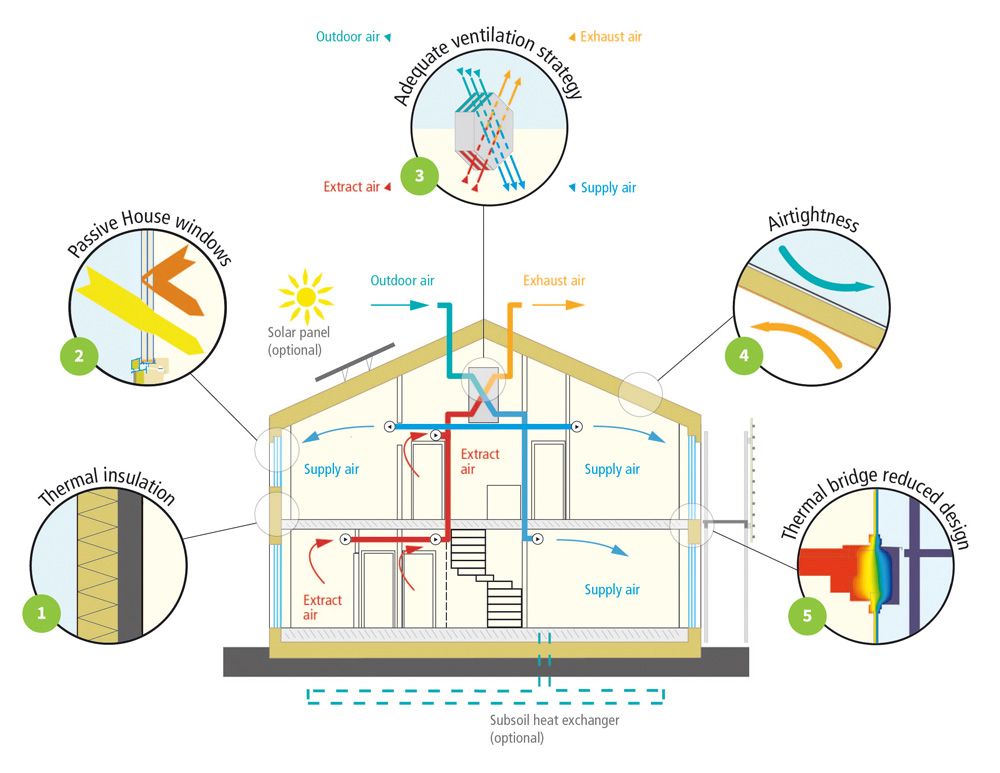
[i] http://www.yourhome.gov.au/passive-design
This is key to superior energy-efficiency. Better yet, because they use ‘intelligent’ building fabrics (2:36 video) to achieve air tightness, Passive Houses don’t suffer the mould and damp problems that commonly affect Australian houses.
They conduct heat in during summer and out during winter and create uncomfortably cold areas where water vapour can condensate and cause mould growth and rot. All significant thermal bridges are eliminated in the planning stage.
thermal image displaying thermal bridge
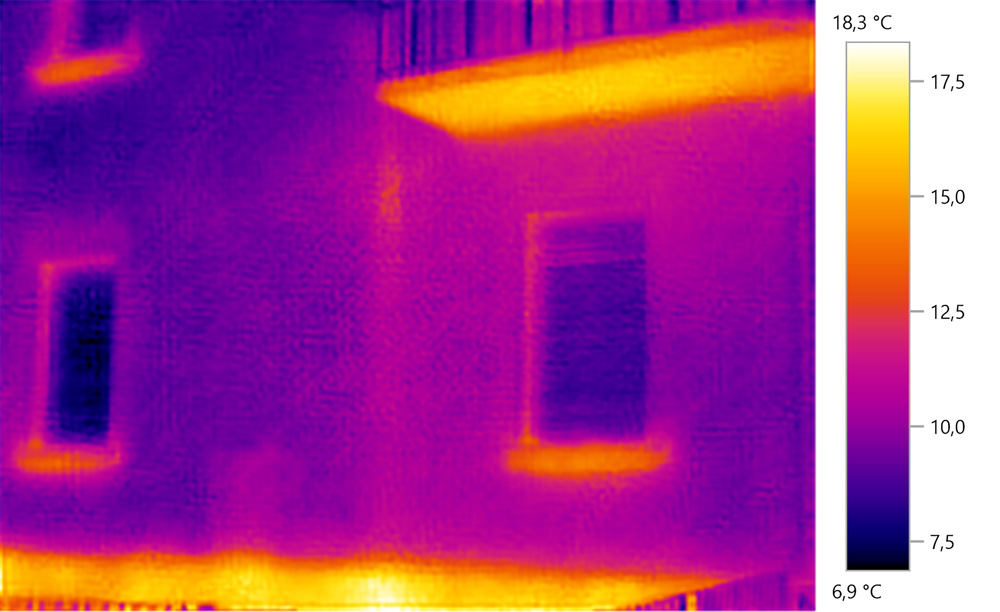
(yellow/orange colour) from the inside to the outside of this building.
download our brochure to learn more about passive house design, construction and performance.
passive house performance
The Passive House standard has been validated by years of real-life data.
What’s more, Passive House certification ensures performance starting with rigorous analysis at the planning stage, then reporting and verification during construction including air tightness Blower-Door testing (5:47 video) at 2 separate stages.
[i] www.smh.com.au/environment/sustainability/five-star-homes-flunk-energy-test-20110205-1aht6.html
passive house delivers clean, fresh air
passive house – healthy, wealthy and wise
But did you know that Passive House is a better choice for your health as well? Passive Houses prevent household damp, mould and dust mite proliferation that exacerbate asthma, allergies and other diseases. [i][ii]
And your incoming air is fresh and filtered.

Image courtesy of Dr Mark Dewsbury, UTAS.

Source: Positive energy homes: creating passive houses for better living, Authors Robin Brimblecombe and Kara Rosemeier, Published by CSIRO Publishing 2017, p.5. Used with permission.
What’s more, structural longevity, along with an increasing demand for energy-efficient homes [iv] makes Passive House a wise investment.
Building a Passive House will cost more up-front compared with a standard build. But Passive House is advanced building science far beyond anything currently built in Australia with benefits that will last long into the future – a truly future-proof, energy-saving, resilient and healthy house.
[i] World Health Organisation (2009). WHO Guidelines for indoor air quality: dampness and mould. Retrieved June 28, 2018, from World Health Organisation: http://www.who.int/airpollution/guidelines/dampness-mould/en/
[ii] Study shows mould in bedroom causes asthma in young children. (2017, September 7). Retrieved May 25, 2018, from Medical Xpress: https://medicalxpress.com/news/2017-09-mould-bedrooms-asthma-young-children.html
[iii] Brimblecombe, R. & Rosemeier, K. (2017). Positive Energy Homes. Creating Passive Houses for Better Living. Clayton South Vic: CSIRO Publishing.
[iv] Heale, M. (2018, April 15). realestate.com.au. Retrieved June 14, 2018, from https://www.realestate.com.au/news/homes-with-sustainable-features-are-more-in-demand/
find out if passive house is right for you.
email or call evan today for an obligation-free chat.
reference list
Green, M. (February 6, 2011) Five-star homes flunk energy test. Retrieved June 14, 2018 from: www.smh.com.au/environment/sustainability/five-star-homes-flunk-energy-test-20110205-1aht6.html
Heale, M. (2018, April 15). realestate.com.au. Retrieved June 14, 2018, from: https://www.realestate.com.au/news/homes-with-sustainable-features-are-more-in-demand/
McGee, C. (2013) Passive Design. Retrieved May 14, 2018 from: http://www.yourhome.gov.au/passive-design
Medical Xpress (2017, September 7). Study shows mould in bedroom causes asthma in young children. Retrieved May 25, 2018, from: https://medicalxpress.com/news/2017-09-mould-bedrooms-asthma-young-children.html
Reardon, C. (2013). Passive Design: Sealing Your Home. Retrieved June 30, 2018 from: http://www.yourhome.gov.au/sites/prod.yourhome.gov.au/files/pdf/YOURHOME-PassiveDesign-SealingYourHome.pdf
Truong, H. &. (2017). Chifley Passive House. A case study in comfort and energy efficiency. International Conference on Improving Residential Energy Efficiency, IREE 2017. (pp. 214-221). Wollongong: Elsevier. Retrieved from: http://apo.org.au/system/files/126691/apo-nid126691-549001.pdf
World Health Organisation (2009). WHO Guidelines for indoor air quality: dampness and mould. Retrieved June 28, 2018, from World Health Organisation: http://www.who.int/airpollution/guidelines/dampness-mould/en/
contact us to discuss your new home today. let’s talk!
1300 769 788
info@evangraham.com.au
